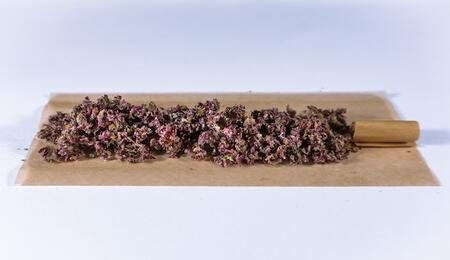UK Medicinal Cannabis, the Future

Medicinal cannabis and the next 5-10 years of growth in the UK is far from a straightforward subject. However, many of the challenges in the UK also apply to other nations where cannabis is not recreationally legal or entirely accepted medicinally.
To move things forward in the Uk, we need to see a reduction of conflict in prescribing. This includes clinician schooling, real-world proof collection and dosage management.
Improving consistency in cultivation and limiting the gap between natural products and certified pharmaceuticals will help. This includes the synthetic production of cannabinoids, new industrial techniques and medicinal developments.
The supply chain needs appropriate statutes to guarantee the quality, traceability, and compliance management.
What will NHS prescription look like? Will the NHS refer patients to private experts, or will the demand for these clinics drop when the data reinforces that NHS clinicians adequately prescribe at scale confidently?
These are all factors clinicians need to see to become as relaxed as their German peers in widespread prescribing.
The NHS only writes 1-2 prescriptions a month. At the same time, since a review signified that doctors could prescribe medicinal cannabis, subject to meeting some requirements and insurers being supportive, Germany now depicts over 70% of European cannabis sales, with roughly EUR 170m of sales in 2019.
In the UK in November 2018, cannabis was re-scheduled to a Schedule 2 drug (alongside peers such as Cocaine, amphetamine and methadone)—the result of substantial rallying and political pressure.
Data from early 2020 shows that only 25 prescriptions per month were being administered in the UK, and only 1-2 per month were via the NHS. This is in comparison to 1% of the Canadian population receiving the clinical benefits of medicinal cannabis. In contrast, the UK prescription number represents only 0.005% of those who could benefit.
One main reason for low UK prescription numbers is the deficiency of marker data for practically every form of medicinal cannabis past the use of Sativex and Epidiolex, the only regulated pharmaceutical Cannabis-derived medications in the UK presently.
It is expected that a data set of this measure will give doctors, regulators and NICE the information they require to inspect their guidance and cultural perspective on prescribing cannabinoids in line with their international peers. The recent NHS statement of a national registry on patient data for cannabis prescriptions is a step in the right direction.
The costs for pharmacies to receive a cannabis delivery and then handle and store a “controlled scheduled two substance” adds additional complexity, which will be mirrored in an added cost to the patient.
Without a significant modification in the regulatory conditions around cannabis, it is difficult to see how patient costs and procedures will change.
Unlike a licensed or certified pharmaceutical drug, which will have consistent stability or concentration, it is a more complicated approach for unprocessed medicinal Cannabis flowers. Many corporations use state-of-the-art techniques to refine specific strains to secure the optimal composition of flowers and improve consistency. Nonetheless, compared to the fully synthetic drug production in a lab, this pathway will probably always feature a degree of natural diversity—something which will cause issues regarding upscaling unprocessed flowers as a mainstream medication treatment.
When the time comes that prescribing cannabis looks just like any other medication and has no exceptional checklists, that is the time when it will be widely prescribed. Pharmaceutical cannabis derivatives are likely to form the future of how people use medicinal cannabis. However, until the data and investigations have been concluded, unprocessed and illicit cannabis will still have a more significant role, albeit one that will probably reduce over time.








